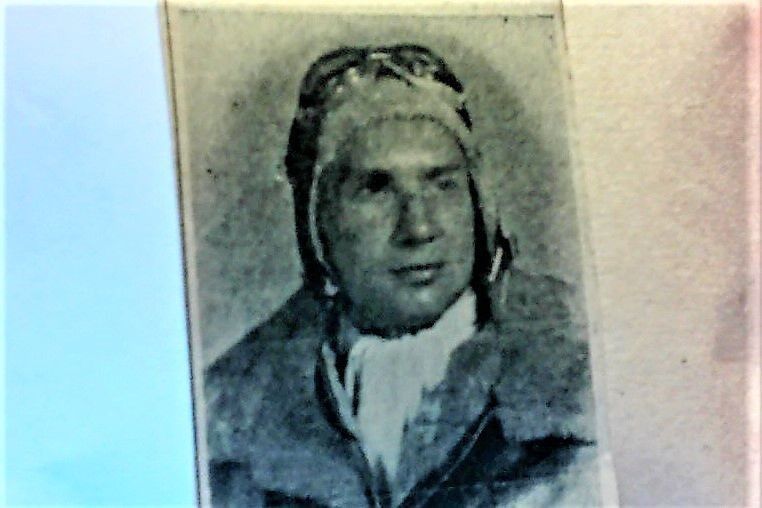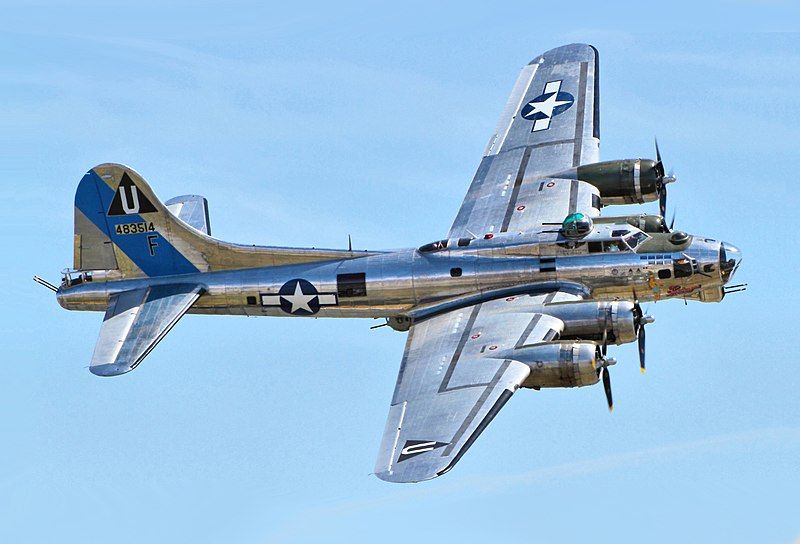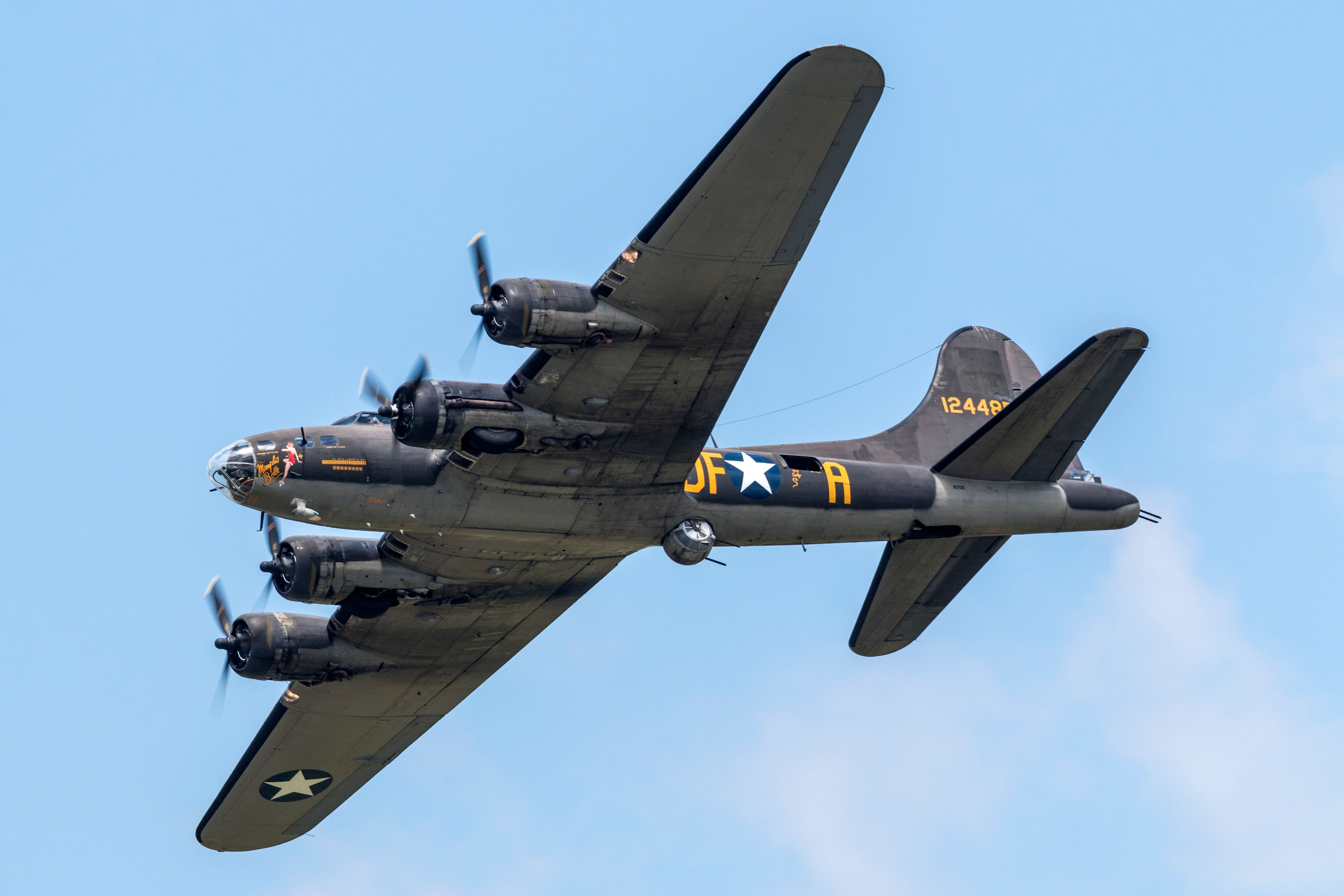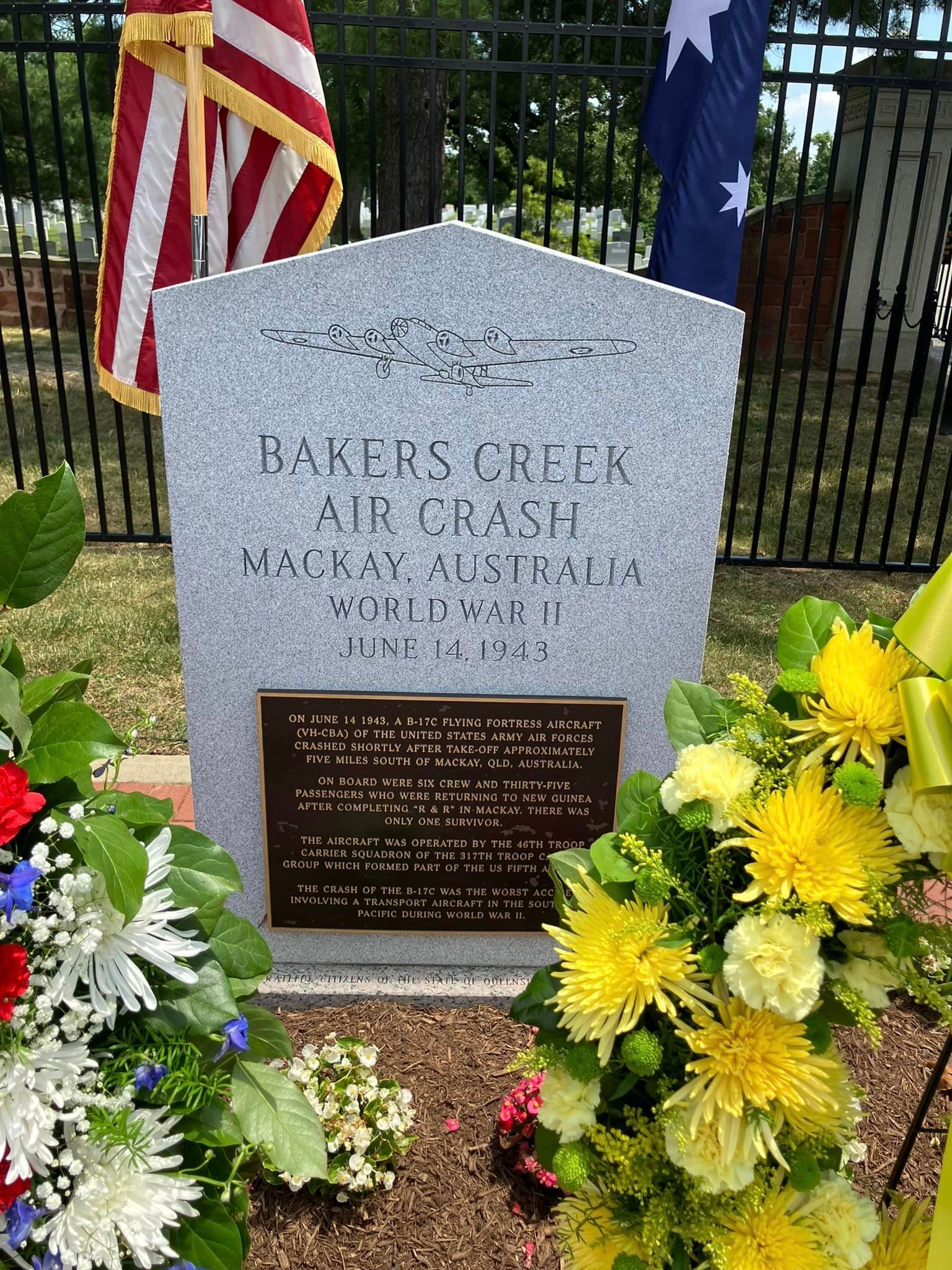Summary
- A B-17 Flying Fortress crash at Bakers Creek in 1943 tragically killed forty people.
- The crash remains a mystery, possibly due to weather conditions and pilot inexperience.
- The incident was not reported in the wartime media, but it is memorialized annually in Virginia.
June 2024 marked multiple anniversaries of significant aviation events of the Second World War. I’ve penned three Simple Flying articles on these events so far, two of which have already been published (the 80th anniversary of D-Day and the 82nd anniversary of the Battle of Midway), and one that’s still awaiting publication as I type these words (the 80th anniversary of the Battle of the Philippine Sea AKA “The Great Marianas Turkey Shoot”).

Related
82nd Anniversary: Battle of Midway & The Role Of Carrier Airpower
The Battle of Midway was one of the most decisive naval battles in history, with carrier airpower playing a crucial role.
All three of those above-named events were triumphant victories for the Allies over the Axis. However, the event I’m writing about now was a non-combat-related event and a major tragedy for the Allies, specifically the Americans and Australians alike: the 81st anniversary of the Bakers Creek Air Crash.
What happened?
On June 14, 1943, a US Army Air Forces (USAAF) Boeing B-17C Flying Fortress, Serial No. 40-2072 and nicknamed “Miss Every Morning Fixin,” carrying six crewmen (USAAF 1LT Vern J. Gidcumb, Jr. was the pilot, and 35 passengers who were returning to Port Moresby, New Guinea after an R&R break, took off from the Australian city of Mackay just before dawn at about 0600 Local Time.


Soon after, the plane made a low-altitude turn and crashed a few minutes later at Bakers Creek, Queensland, Australia, approximately 5 miles (8 km; 4.3 NM) south of the airfield. Forty people perished, with only one survivor, Foye Kenneth Roberts, who lived until 4 February 2004 (passing away in Wichita Falls, Texas). In one of those eerie twists of fate, Joseph Gordon Roberts of Texas of the 317th Troop Carrier Group was due to be a passenger on the plane but missed his flight due to oversleeping and arriving late at the airfield.
Compounding the tragedy was another twist of fate: “Miss Every Morning Fixin” had been a battle-hardened survivor, converted into a transport after suffering heavy battle damage — to the tune of over 1,100 bullet holes(!) — in a mission on 25 December 1941 (a mere 18 days after America’s entry into WWII via the Pearl Harbor raid). The bomber’s nickname was due to the seemingly never-ending maintenance work required to keep it airworthy; during a 10-day period that preceded the tragedy, mechanics had installed a new fuel tank and two new engines, and the warbird passed a test flight on the previous day.
To this day, the vent stands as Australia’s deadliest aviation disaster by death toll and was the deadliest accident involving a transport aircraft in the southwestern Pacific during WWII.
Why did it happen?
To this day, the cause of the crash remains a mystery. However, it’s worth noting that the aircraft did take off during foggy conditions. In addition, according to a June 2017 article on the US Army website penned by Jim Dresbach, 1LT Gidcumb had only been in the service for one year at the time of the crash. So, with absolutely no intention of disrespecting the memory of the dead, one might reasonably speculate the combination of the weather conditions and the pilot’s relative inexperience had the proverbial snowball effect that culminated in a fatal pilot error.

Related
What’s The Latest With The Grounding Of The Boeing B-17 Flying Fortress?
The FAA released an airworthiness directive grounding the plane in May this year.
To make matters worse for the surviving loved ones of the crash victims, due to wartime censorship, the incident wasn’t reported in the media. As Mr. Dresbach writes:
“A book assisted Gidcumb’s ancestors in providing some answers of the mystery behind the Bakers Creek tragedy. The book entitled “Mackay’s Flying Fortress: The Story of Australia’s Worst Air Crash in World War II,” was written by Dr. Robert Cutler, executive director of Bakers Creek Memorial Association.
“What was said in the book about not notifying the parents was very true,” [Cynthia] Overstreet [1LT Gidcumb’s grandniece] said. “They said they were just killed in action. They didn’t go into any details for several years…’When I found this book and read it, I was shocked, because I only knew that he had been killed in the war,” Overstreet added. ‘I had no idea he was a pilot, and a plane had crashed.'”
Commemorating the event
For many years now, the Bakers Creek Air Crash has been commemorated at a memorial service at Joint Base-Myer-Henderson Hall, Virginia, a short distance from Arlington National Cemetery. By virtue of my membership in the Australian Returned and Services League (RSL) Washington DC Sub Branch, I had the honor of attending this year’s service.
It was a deeply moving event. It started off with the National Anthem, sung by SSG Jocelyn Pride of the US Army Band (“Pershing’s Own”), followed by an invocation from SFC Sherrie Wooten, Installation Chaplain. Wreath-laying was carried out by the following VIPs:
- COL Tasha N. Lowery, Commander, Joint Base Myer-Henderson Hall
- Command Sgt. Maj. Michael D. Fisher, CSM Joint Base Myer-Henderson Hall
- His Excellency Kevin Rudd, Embassy of Australia, Washington, DC
SSG Anthony Sadlon of “Pershing’s Own” played “Taps.” COL Lowery, Ambassador Rudd, and Lt. Gen. Bruce “Orville” Wright (USAF, Ret.; former President and CEO of the Air & Space Forces Association [AFA]) all delivered poignant remarks, and COL Michael Baier, USA, Ret.), Board Member of the Bakers Creek Memorial Association delivered the Flowers of Remembrance. My friend MAJ Mark Montague, Australian Army, Vice President of the RSL Washington Sub-Branch, wrapped up the event with the recitation of “The Ode“:
“They shall grow not old, as we that are left grow old:
Age shall not weary them, nor the years condemn.
At the going down of the sun and in the morning


